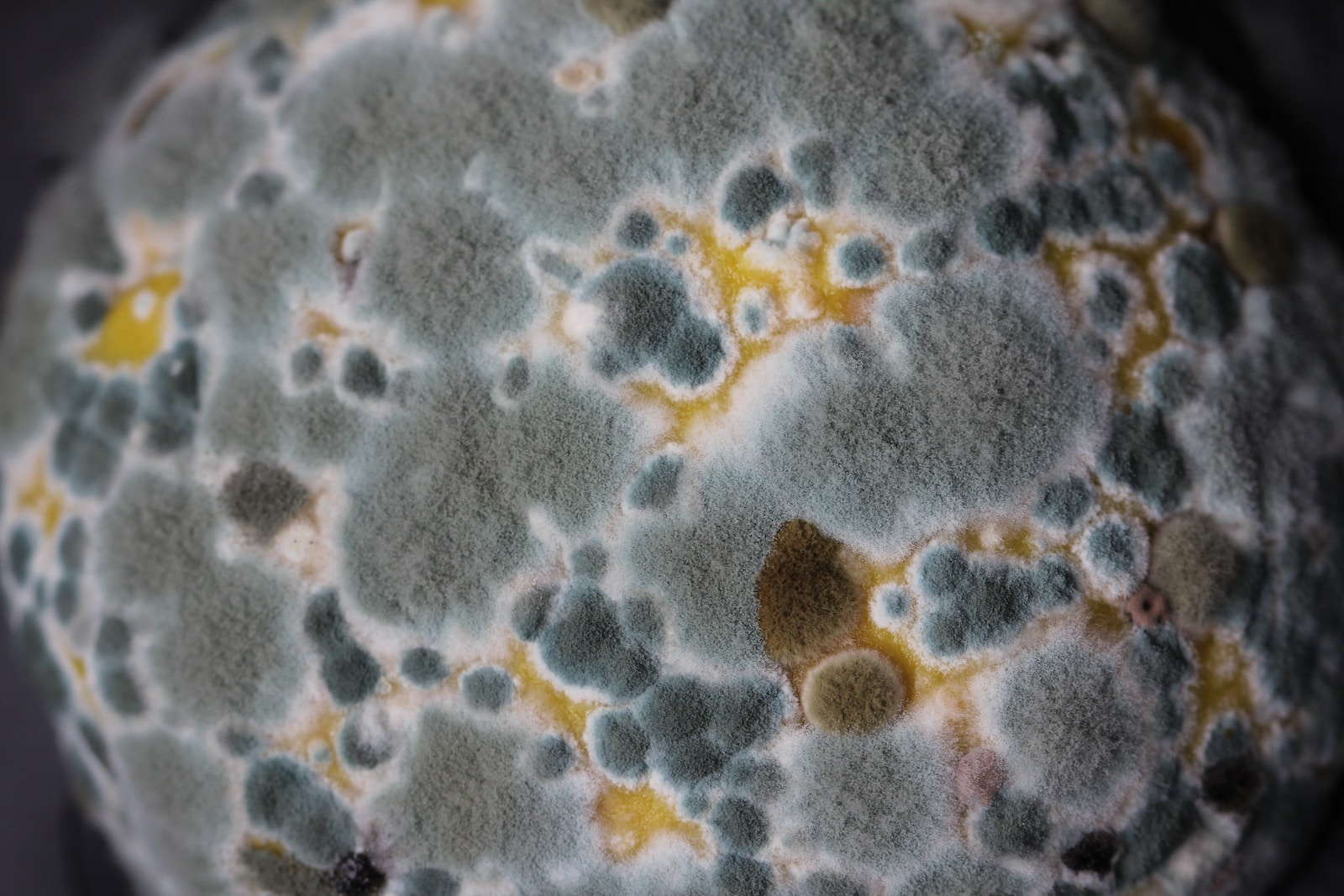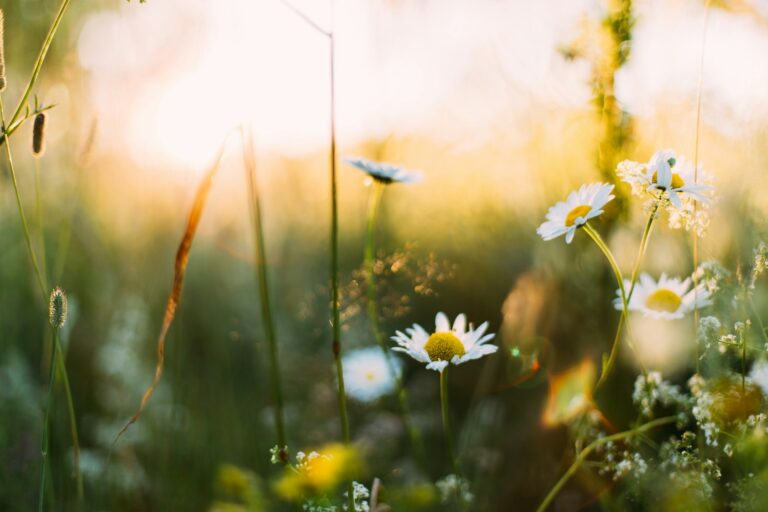What you can and cannot put in compost
Compost is a valuable and easily accessible organic fertilizer suitable for all plants. To get a full-fledged ecological compost, you need to use the right ingredients – rich in minerals and safe for the environment. And those ingredients you can find in every home.
See what you can and cannot put in compost so that is safe to use, free from pathogens and rich in humus
What you can put in compost
You can compost almost any organic waste that can appear in your garden or home, as long as it does not contain toxic substances. The greater the variety of organic components in a compost, the better.
Leaves? Yes, but not all of them!
The most basic ingredient you can put in compost are leaves of trees and shrubs. Thay can come from ornamental or fruit plants. The rule is – they should be free from infections and pests. You can put leaves on their own to obtain leaf soil or arrange in layers with other materials.

Plant leaves differ in the content of minerals and therefore have a different decomposition time. Soft leaves of e.g. apple, linden, chestnut, hazel, and forsythia decompose the fastest.
Oak, thick pear, and alder leaves which are rich in tannins and phenolic compounds have much slower decomposition rate. These materials should be in separate place. Needles contain resinous substances slow down composting. So they should be in a seperate container as well.
Mowed grass and unnecessary turf
The second common ingredient that can be composted is grass clippings and turf. The cut grass breaks down quickly and is nitrogen-rich. After composting, it becomes a valuable fertilizer. Turf is also an excellent compost material. In the composter, place turf with the roots upwards. You can interlayer turf layers with other materials or you can compost it alone to obtain turf soil.
Plant debris and weeds
Remains of annual plants, fading perennial flowers, mowed strawberry leaves, carrots, potted plants (make sure no resins) all of them are suitable for composting.
Weeds are a valuable and mineral-rich component of the compost. However, remember not to compost weeds that have already set seeds. The high temperature in the middle of the pile does not weaken their germination and by scattering compost in the garden in the next year, you can introduce them into the soil.
The situation is similar in the case of root-growing weeds, such as couch grass, nettle and field horsetail. They are only suitable for composting after drying.
Kitchen waste
You can also compost organic kitchen waste, i.e. vegetable and fruit peelings, egg shells, coffee or tea grounds, leftovers of meals (excluding meat and fat). Remember, however, not to change the composter into a garbage can. For aesthetic and hygienic reasons, kitchen waste should be covered with a layer of soil.

Kitchen waste
Wood ash
Wood ash can be added to the composter. It enriches the compost heap with potassium, calcium, magnesium, phosphorus and trace elements. Ash strongly increases the pH level in the heap. Add ash to the compost in an amount not exceeding 3-5 kg / m³ of composted material. Too much ash adversely affects the decomposition of organic matter.
Loosening materials
You can add loosening materials to the composter, such as straw mats, sawdust, dried grass, wood clippings, shredded bark, small branches from pruned trees and shrubs and shredded sunflower stalks.
It creates a bottom drainage layer that allows drainage of excess water from the composted material. These materials also loosen the prism and facilitate air access to its deeper layers.
Sand, loam and clay
If your garden has heavy soil, you can add sand to the compost to even out the air and water conditions in the soil. However, if the soil in your garden is light, sandy, you can add loam or clay to the compost.
Remember!
Successive layers of organic matter should be separated with separating layers (approx. 5 cm thick), which may be composed of peat, old soil from potted plants, bottom sediment from a pond or the remnants of last year’s compost.
What cannot be composted
Carelessly throwing some debris into the composter can make the compost completely unusable, smelly, full of pathogens and toxic substances. See what must not be thrown into the composter and how to avoid basic mistakes, often made when preparing compost.
Do not throw infected plant parts into the composter
The most common mistake is to throw parts of plants affected by diseases and pests into the composter. The fungus spores and the eggs and wintering larvae of the pests can survive the composting process.
In their active form, they can be introduced into the soil when spreading compost and be a source of plant infection. Infected plant debris should be removed from the garden and not placed in the composter.

Be careful with weeds!
Another common mistake is to compost weeds at full maturity, i.e. those that have already produced seeds. The high temperature inside the compost heap does not destroy the weed seeds. Seeds preserved in the compost after use germinate, causing weed infestation. You can compost annual weeds, but harvest them before they can produce seeds.
Perennial weeds that easily recover from the roots should also not be composted. It is about such weeds as: couch grass, ground elder, nettle or field horsetail. These weeds, when thrown into the compost, will easily take root in it and start growing. Then, along with the compost, they will spread throughout the garden.
Good to know!
There is, however, a clever way to compost perennial weeds as well. It is worth knowing because plants such as nettle and horsetail are rich in minerals. To use them, dry them well in the sun before throwing them into the composter. When you are sure that they are completely dead and their roots are dry and brittle (even crumbling), you can throw them into the composter.
Beware of chemicals in organic materials
It is obvious that materials such as glass, ceramics, plastic, plastic bags, metal, fabrics and debris cannot be thrown into the composter. They are not compostable and may contain harmful substances. But you also can’t compost organic materials that can contain various chemicals.
For this reason, you should not throw newspapers and printed paper (due to chemical dyes in the printing ink), as well as coated cardboard (e.g. milk or juice cartons) into the composter.

Glass, metal and plastic cannot be composted.
It is strictly forbidden to throw into the composter, painted and impregnated wood, packages of artificial fertilizers and chemical plant protection products, grilled ash with kindling, medicines, cosmetics and old batteries. Throwing such materials into the composter guarantees compost contamination.
Never put animal waste in the composter
Animal waste, i.e. bones, fat, meat, whole eggs (only shells are allowed) and dairy products must not be composted. Decaying debris is a breeding ground for harmful microbes, giving off an unpleasant odor that can drag on rats. For sanitary reasons, animal excrements, cat litter and animal cage litter must not be thrown into the composter.
And vegetables from the soup, cooked with the meat
For the same reasons you should not compost leftover vegetables cooked in broth. They are steeped in a meat aroma and will attract microorganisms and pests in perishable meat to the composter. This mistake is common. We think we compost “only leftover vegetables”. However, it is the vegetables from the meat stock that often cause the unpleasant smell from the composter.
Do not throw contaminated waste into the composter
Plants growing near communication routes should not be composted because they may contain heavy metals. We also do not compost grass sprinkled with herbicides.
Citrus peels bought in supermarkets, which are covered with a layer of preservatives during transport and may contain residues of plant protection products, are also unsuitable material for compost. In addition, chemical compounds accumulated in citrus peels and preservatives inhibit the growth of microorganisms responsible for the mineralization of organic matter in the heap, which extends the composting process.
Do not throw thick branches into the composter
Do not throw into the compost heap thick branches, pine needles and leaves containing large amounts of tannins (e.g. oak leaves), because they will decompose for a long time and thus slow down the composting process.

Thick branches / wood will not compost well
Thick tree limbs should be crushed before throwing them into the composter. Needles and the rest of the coniferous plant parts should be composted in a separate place, due to the presence of resins that inhibit the decomposition of organic substances, and also affect the acidification of the compost.






